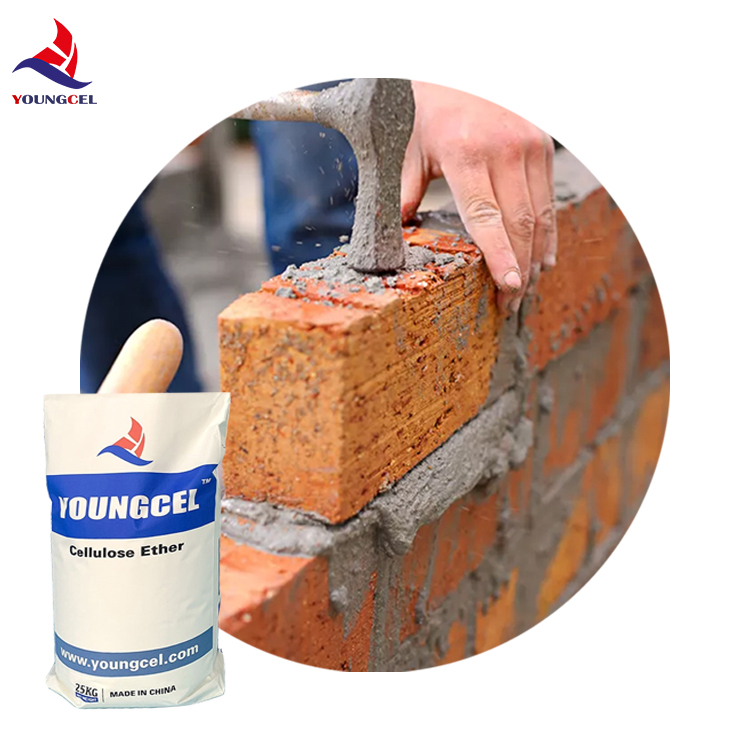The Versatility and Advantages of Cellulose Glue
Cellulose glue, also known as cellulose ether adhesive, is gaining popularity in various industries due to its eco-friendly properties and effective bonding capabilities. Made from natural cellulose, which is derived from plants, this type of glue provides a sustainable alternative to synthetic adhesives. This article explores the characteristics, benefits, and applications of cellulose glue, highlighting why it is becoming a favored choice among manufacturers and craftsmen alike.
Composition and Characteristics
Cellulose glue is primarily composed of cellulose ether, a modified cellulose that is soluble in water. This unique composition gives the adhesive a creamy texture, making it easy to apply. When dried, cellulose glue forms a clear, strong bond that is resistant to heat and moisture. One of its notable characteristics is its non-toxic nature, making it a safer choice for various applications, especially in settings involving children or sensitive materials.
Environmental Benefits
In today’s world, environmental sustainability is a priority for many consumers and companies. Cellulose glue stands out in this regard, as it is derived from renewable resources and is biodegradable. Unlike many synthetic adhesives that contain harmful chemicals, cellulose glue poses minimal risk to the environment. Its use can contribute to reducing the carbon footprint of products, making it a favorable choice for eco-conscious consumers and brands.
Applications
cellulose glue

The versatility of cellulose glue is evident in its wide range of applications. It is commonly used in woodworking, arts and crafts, paper products, and even in the textile industry. In woodworking, cellulose glue provides a strong bond for joints and laminations, ensuring durability and longevity of the final product. Craftsmen appreciate its quick-drying properties, allowing for efficient project completion without sacrificing quality.
In the paper industry, cellulose glue is utilized for bookbinding, as it can bond various types of paper without causing damage. This makes it an ideal adhesive for those working on delicate materials. Additionally, its application extends to the textile industry, where it is used for bonding fabrics, especially in projects that require a lightweight and flexible adhesive.
Performance and Durability
One of the critical considerations when choosing an adhesive is its performance. Cellulose glue performs exceptionally well in various conditions. After curing, it creates a strong and flexible bond that can withstand stresses while maintaining its integrity. Furthermore, it is resistant to yellowing over time, ensuring that the appearance of the bonded materials remains intact, which is particularly important for projects where aesthetics matter.
Conclusion
In conclusion, cellulose glue presents numerous advantages that make it a standout option in the adhesive market. Its combination of environmental sustainability, versatility, and strong performance makes it suitable for a diverse array of applications. As industries continue to seek greener solutions, cellulose glue is poised to play an increasingly significant role in promoting eco-friendly practices. Whether you are a professional craftsman or a casual DIY enthusiast, considering cellulose glue for your projects could lead to better outcomes while contributing positively to the planet. As awareness of sustainable materials grows, cellulose glue is likely to become a go-to option for those looking to balance efficacy with environmental responsibility.
-
Rdp Powder: Key Considerations for Wholesalers in the Building Materials IndustryNewsJul.08,2025
-
Key Considerations for Wholesalers: Navigating the World of Hpmc - Based ProductsNewsJul.08,2025
-
Hpmc Detergent: Key Considerations for WholesalersNewsJul.08,2025
-
Key Considerations for Wholesalers: China Hpmc For Tile Adhesive, Coating Additives, Concrete Additives, and MoreNewsJul.08,2025
-
Crucial Considerations for Wholesalers: Navigating the World of Construction MaterialsNewsJul.08,2025
-
Key Considerations for Wholesalers Sourcing Additive For Cement, Additive For Concrete, Additive For Putty from Additive Manufacturer Shijiazhuang Gaocheng District Yongfeng Cellulose Co., Ltd.NewsJul.08,2025




